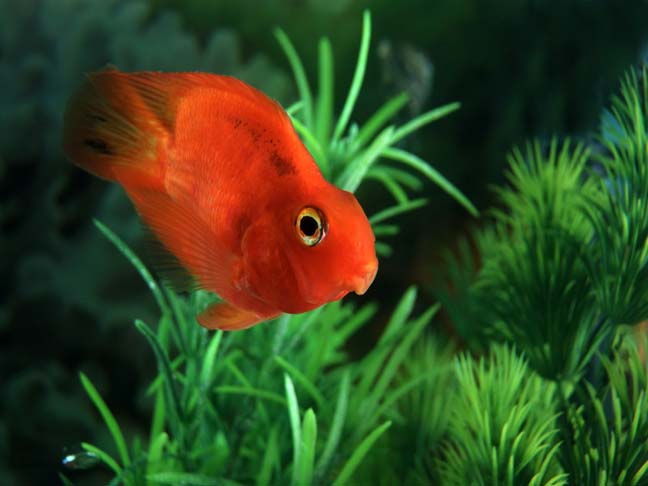Their bright colours and interesting characteristics make them fun for children to watch and they are relatively low maintenance and inexpensive, once you have got the tank going. This guide aims to offer a basic overview of what you will need if you’re thinking about starting a tropical aquarium.
The basics – you will need:
- A tank.
- A heater. 50 watts is a suitable strength for anything up to around 60 litres; if your tank is bigger 100 watts is recommended.
- A filter. Ensure you choose one which will work for the size of tank you have (it will be written on the packaging).
- Gravel. This should be thoroughly washed and rinsed several times before being added to the tank.
- Plants. These can be real or plastic but real plants are highly recommended as they help oxygenate the water and, if you breed fish, are excellent places for baby fish (fry) to hide in.
- Water conditioner. Most tap water is too hard for fish tanks and should be treated before being added.
Other recommended items:
A net for moving fish in and out of the tank.
Decorative items, such as tunnels your fish can hide and play in.
Pipe cleaners for when you are cleaning the filter out.
A sponge for cleaning the inside of the tank – ensure it is non scratch.
Aquarium salt. Though not essential, a low dose is good for keeping stress levels down and for general condition of freshwater tropical fish.
What about the fish!?
I knew I’d missed something! Actually this was deliberate. Fish shouldn’t be added until you have got the tank cycled, which basically means establishing a colony of friendly bacteria which can break down their waste. Without it fish can easily die when added to a brand new aquarium. There is a lot of information on the web, or you could ask in pet stores about cycling your tank. This should always be done before fish are added.
When you are ready to add your fish please add only a small number at a time, ideally 1-2, and leave a couple of weeks before adding more. The worst thing you can do is to add a lot of fish at once because the waste they produce would likely overwhelm the bacteria and end up poisoning the water. Livebearers such as mollies, guppies, swordtails and platies are ideal fish for beginners as they are friendly and easy to breed (never buy more than one male per 3-4 females as they can become aggressive). Other recommended fish are tetras and danios which are very hardy and get along with other fish well.
Ongoing maintenance
Once established the tank will require cleaning and a 30% water change every couple of weeks. The fish should be fed but, importantly, not overfed. You should monitor your fish for signs of illness or distress such as erratic swimming or breathing, marks or fungus on their body, holding their fins close to their body or very tatty, broken fins. If you spot anything like this, contact your local pet store who will provide you with the correct treatment. Fish do unfortunately become ill from time to time but most illnesses are easy to treat with a few drops of medicine if caught early enough.
That’s the basics covered, so enjoy your new fish and don’t be afraid to call your pet store and ask for advice at any stage. A good pet store will be more than happy to help.
